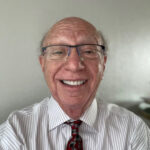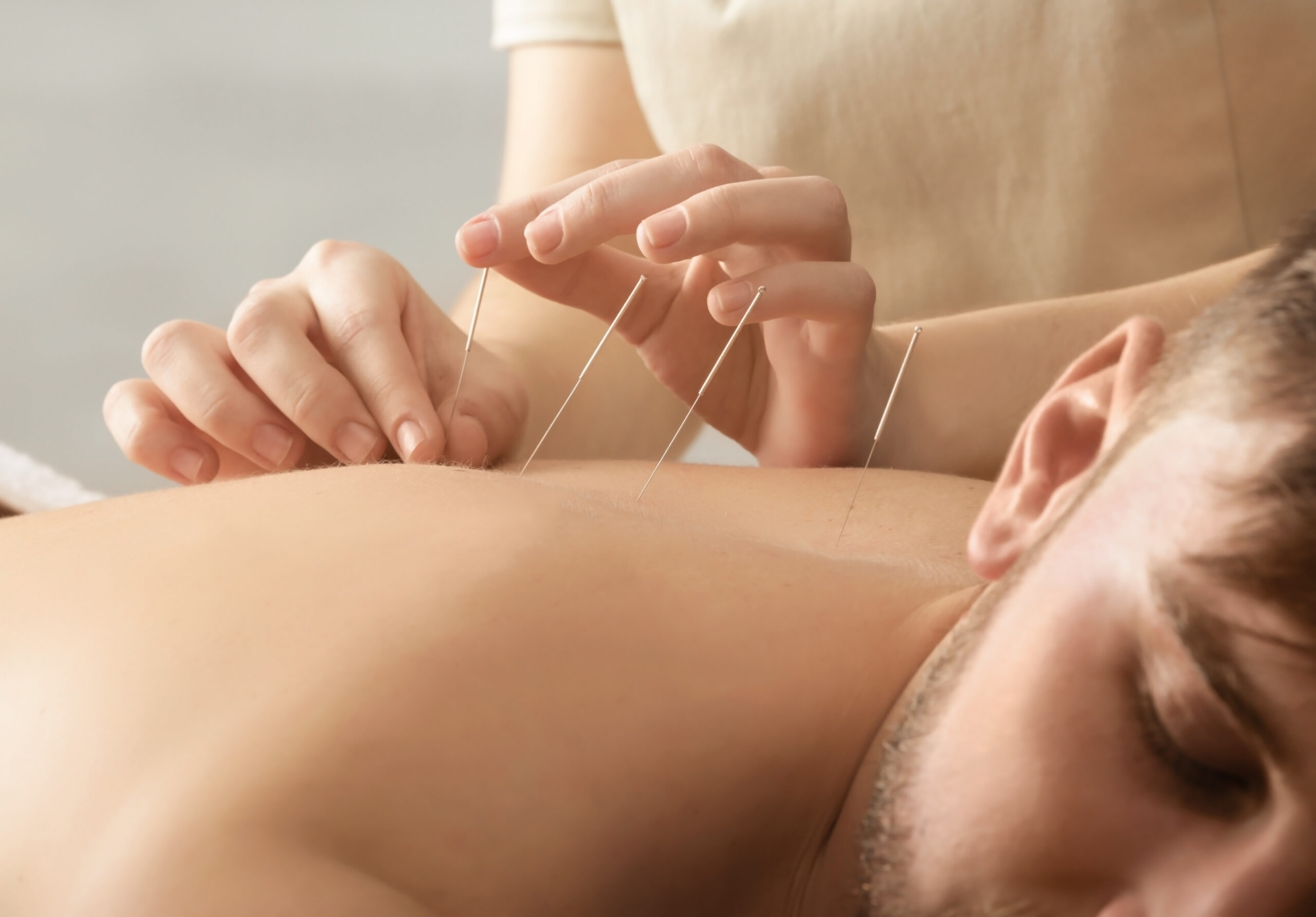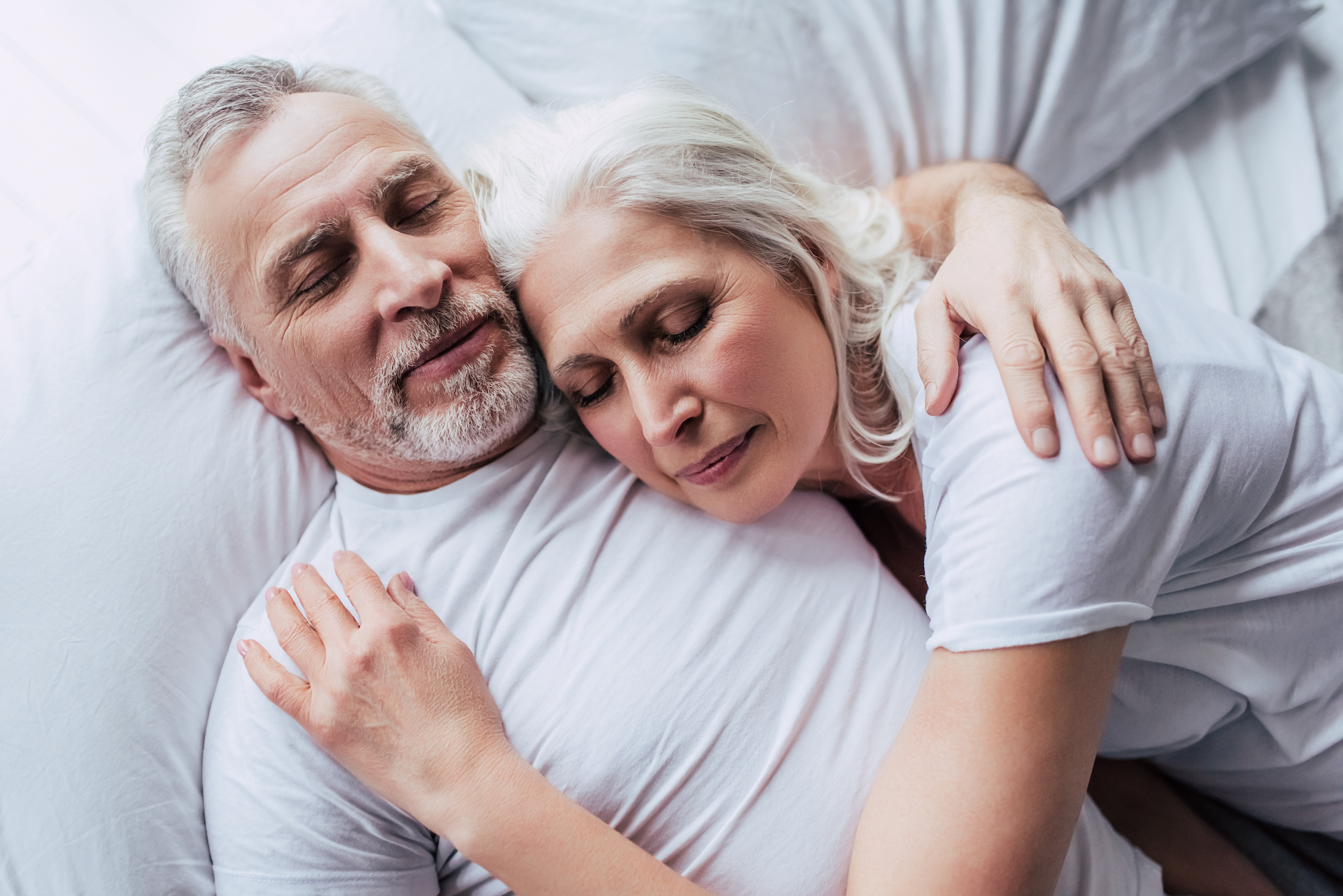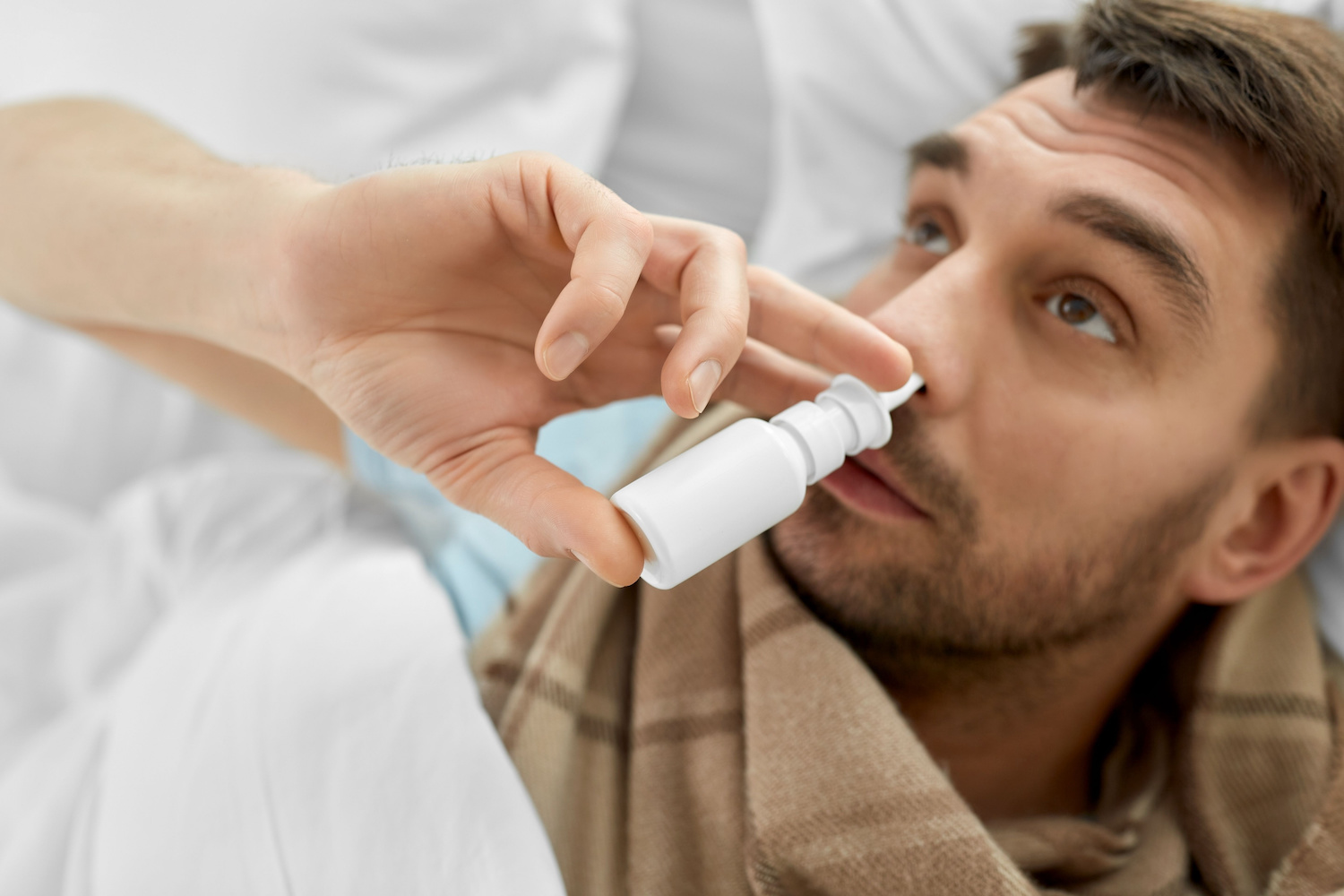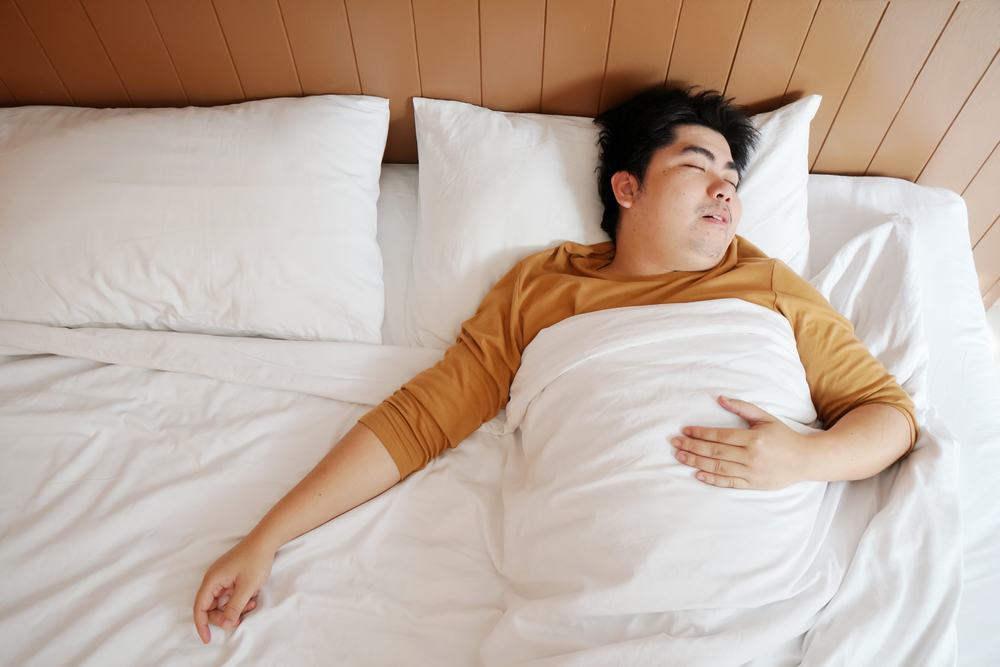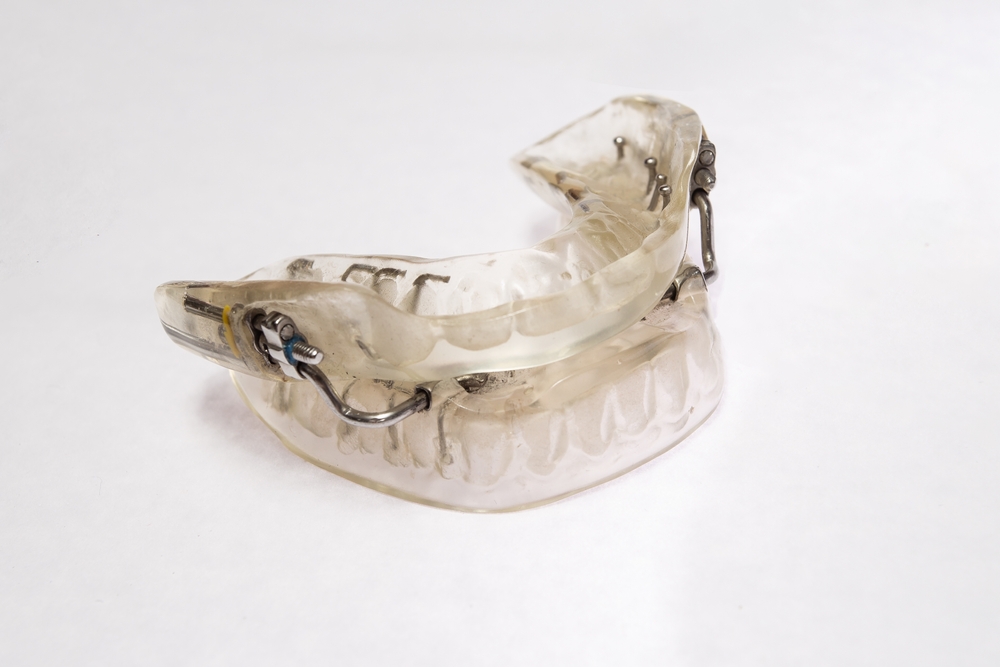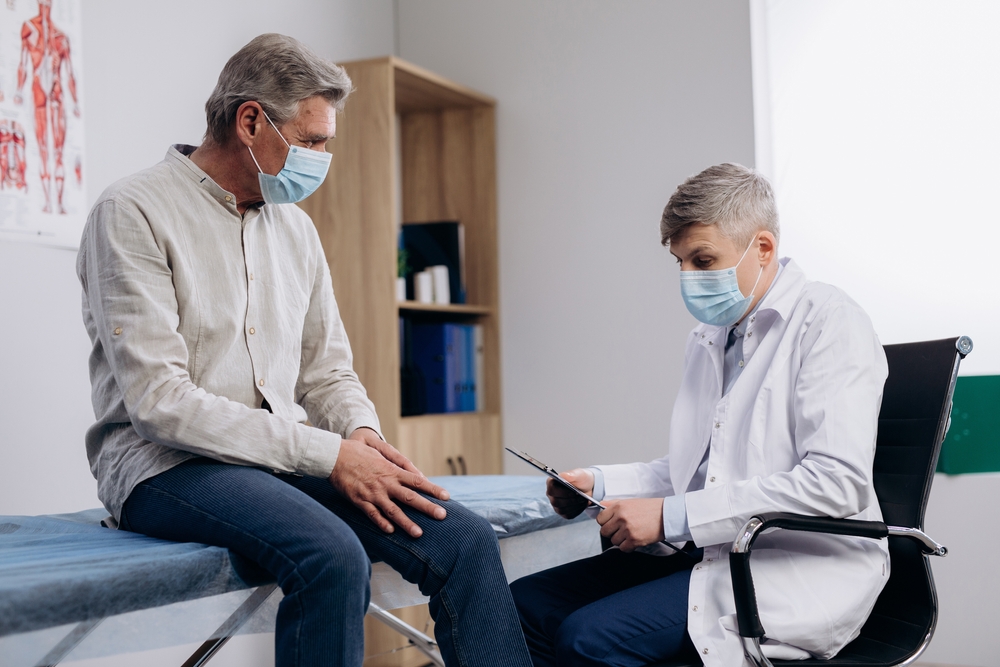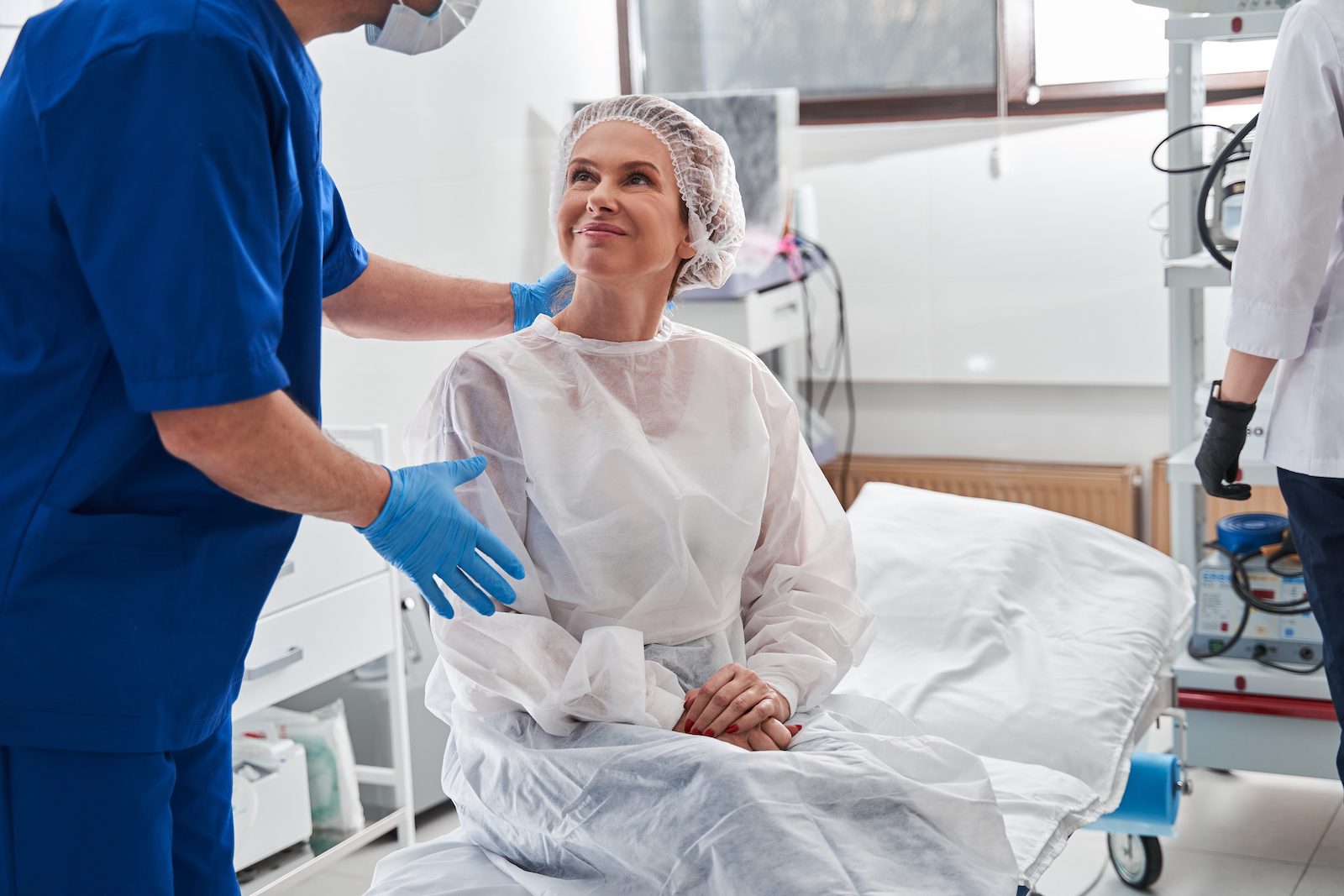Acupuncture has gained attention for its therapeutic effects, including its potential as a complementary and alternative treatment for obstructive sleep apnea (OSA), a common sleep disorder in which a person’s airway repeatedly becomes blocked during sleep, leading to frequent pauses in breathing.
While more research is needed, acupuncture shows some promise as an OSA therapy when used in combination with conventional medical treatments or when those therapies prove ineffective or difficult to tolerate.
How Does Acupuncture Work?
Acupuncture is a traditional Chinese medical practice used to treat an array of conditions and symptoms by stimulating precise points on the body. This usually involves inserting thin needles into the skin at specific locations.
Researchers do not fully understand how acupuncture works, but medical experts have proposed that it:
- Causes the body to release pain-blocking chemicals
- Reduces inflammation
- Improves immune response
Acupuncture has been shown to have some level of efficacy in treating many medical conditions, including various types of pain, digestive disorders, menopausal symptoms, anxiety, and depression.
Can Acupuncture Help Treat Obstructive Sleep Apnea?
There is limited scientific evidence to support the effectiveness of acupuncture in treating obstructive sleep apnea. The most effective and commonly recommended treatments for OSA include lifestyle changes, positive airway pressure therapy (CPAP or BiPAP), oral appliances, and surgery.
Acupuncture may increase blood oxygen saturation levels and subsequently decrease the severity of OSA. Some proponents of acupuncture suggest that it may help improve symptoms by promoting relaxation and reducing stress.
Several studies have explored the use of acupuncture as a treatment for obstructive sleep apnea and indicate that it can potentially reduce OSA-related breathing events and improve daytime sleepiness. Higher quality research is needed to fully understand acupuncture’s potential as a treatment for OSA.
Acupuncture Points for Sleep Apnea Relief
An acupuncture point, also sometimes called an acupoint, refers to a precise location on the body where an acupuncture needle can be inserted to prevent or treat symptoms. These points are carefully chosen by an acupuncture practitioner based on their assessment of the individual seeking treatment.
There are six acupoints that are often used in the treatment of sleep apnea.
- Zhaohai (KI6): This point is located on the inside of the foot, beneath the ankle bone. Located along the kidney meridian, Zhaohia, which means “shining sea,” is associated with yang and the element of water.
- Sanyinjiao (SP6): Sanyinjiao is an intersecting point of the spleen, liver, and kidney meridians. It is associated with yin. This point should not be used during pregnancy.
- Sishencong (EX-HN1): Sishencong is a group of four acupuncture points located on the top of the head. Applying acupuncture at these points is believed to calm and clear the mind.
- Shenmen (HT7): Shenmen, which translates to “spirit gate,” is found on the crease of the wrist beneath the pinky finger. It is located along the heart meridian.
- Zusanli (ST36): The zusanli acupuncture point is located on the stomach meridian and is found below the knee along the outside of the leg.
- Lianquan (CV23): This point is located on the throat, just above the Adam’s apple. It is a part of the conception vessel meridian, and applying acupuncture at this point is believed to promote yin.
What Happens During An Acupuncture Session?
Acupuncture is usually administered by inserting thin stainless steel needles into several of the 365 acupuncture points on the body. After carefully assessing their patient, an acupuncturist may insert between five and 20 needles, which are generally left in position for 10 to 15 minutes.
A person receiving acupuncture may experience a range of sensations, including throbbing, tingling, numbness, aching, and heaviness. Sometimes, acupuncture sessions also involve the use of heat, magnets, or electrical stimulation.

